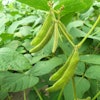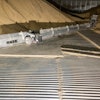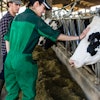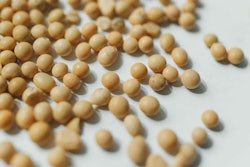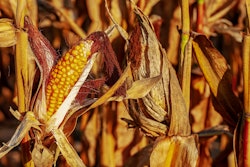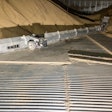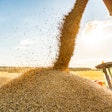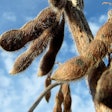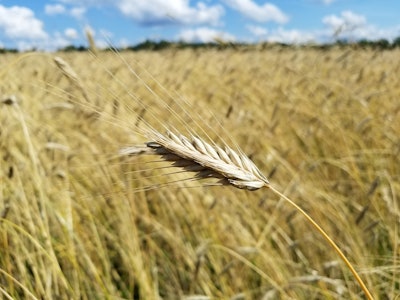
Some farmers in North Dakota wanted to plant more wheat this spring to take advantage ofsoaring pricesfrom Russia's invasion of Ukraine.
But they're unable to plant as much wheat as they normally would because of heavy rain across the state.
Government data shows the state is expected to plant wheat over the smallest recorded share of its farmland,Fox Newsreports.
Tight global supplies
China and parts of Europe show worsening harvest prospects. And with awheat export ban by India, global stocks have tightened and exacerbated global food supply concerns.
According toReuters, the United Nations has warned the impact of the war on grains, oils, fuel and fertilizer could throw millions of people into famine and take years to resolve.
U.S. opening more conservation acreage
Washington has been calling on U.S. farmers to seed more winter wheat this autumn, and the government said itwould allow planting on some environmentally sensitive landbeginning this fall.
"Our conservation programs are voluntary, and at the end of the day, producers are making market-based decisions as the program was designed to allow and encourages,” saidAgriculture Secretary Tom Vilsack.
Vilsack announced theUSDA is accepting more than 2 million acresin offers from agricultural producers and landowners through the Conservation Reserve Program (CRP) General signup, the first of the program’s multiple signups occurring in 2022.
With about 3.4 million acres expiring this year, Vilsack encourages producers and landowners to consider the Grassland and Continuous signups, both of which are currently open.
Drought's impact on wheat
While the U.S. government is opening more land to plant wheat, the drought and costly farm inputs could limit production gains, reportsReuters.
The U.S. winter wheat harvest potential there has fallen by more than 25% due to severe drought. Kansas farmers may abandon thousands of acres of wheat in fields this year, instead of paying to harvest thedrought-scorched grain.
Much of southwestKansas has gone nearly 300 dayswithout an inch of precipitation. Annual average rainfall is about 12 inches in southwest Kansas, and much of the area has seen about 1/3 of that over the past year and less than an inch since wheat was planted in the fall.
There are several counties in the far southwest corner of Kansas where very little wheat will make it to harvest.
Farmers have already been in touch with their crop adjusters, and fields are being adjusted from zero to 5 bushels/acre across the area.
Slow start to spring planting
Wet weather has also contributed to theslowest start to spring plantingsince 1996.
According to USDA'sMay Crop Progress Report, Spring wheat planted was reported at 27% compared with 47% for the prior five-year average; 9% has emerged compared with 15% for the previous five-year average.
Winter wheat headed came in at 33% vs. the 40% five-year average. Winter wheat condition was 29% good/excellent and 39% poor/very poor. This compares with the previous year average of 49% good/excellent and 18% poor/very poor.
According to theReutersreport, as the planting window in the northern Plains narrows, North Dakota farmers are weighing options that include shifting to soybeans, which can be sown later in the spring than wheat, or filing prevented planting insurance claims.



